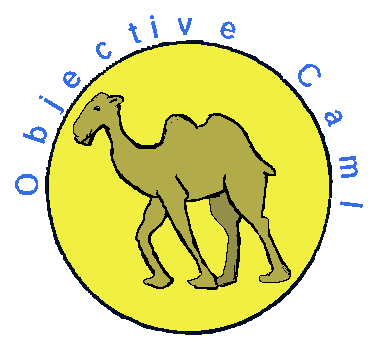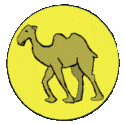Développement d'applications avec
 Emmanuel CHAILLOUX - Pascal MANOURY - Bruno PAGANO
Emmanuel CHAILLOUX - Pascal MANOURY - Bruno PAGANO
Avant-propos
Introduction
Chapitre 1 Comment obtenir Objective CAML
Partie I
Noyau du langage

Chapitre 2 Programmation fonctionnelle
Chapitre 3 Programmation impérative
Chapitre 4 Styles fonctionnel et impératif
Chapitre 5 Interface graphique
Chapitre 6 Applications
Partie II
Outils de Développement


Chapitre 7 Modes de compilation et portabilité
Chapitre 8 Bibliothèques
Chapitre 9 Récupérateur automatique de mémoire
Chapitre 10 Outils d'analyse des programmes
Chapitre 11 Outils d'analyses lexicale et syntaxique
Chapitre 12 Interopérabilité avec C
Chapitre 13 Applications
Partie III
Organisation d'Applications



Chapitre 14 Programmation modulaire
Chapitre 15 Programmation par objets
Chapitre 16 Comparaison des modèles d'organisation
Chapitre 17 Applications
Partie IV
Concurrence et répartition




Chapitre 18 Communication et processus
Chapitre 19 Programmation concurrente
Chapitre 20 Programmation répartie
Chapitre 21 Applications
Chapitre 22 Développement d'applications en Objective CAML
Conclusion
Partie V
Annexes





Annexe A Types cycliques
Annexe B Objective CAML 2.99
Références
Index
Parutions O'Reilly
Ce document a été traduit de LATEX par
HEVEA et HACHA.
















